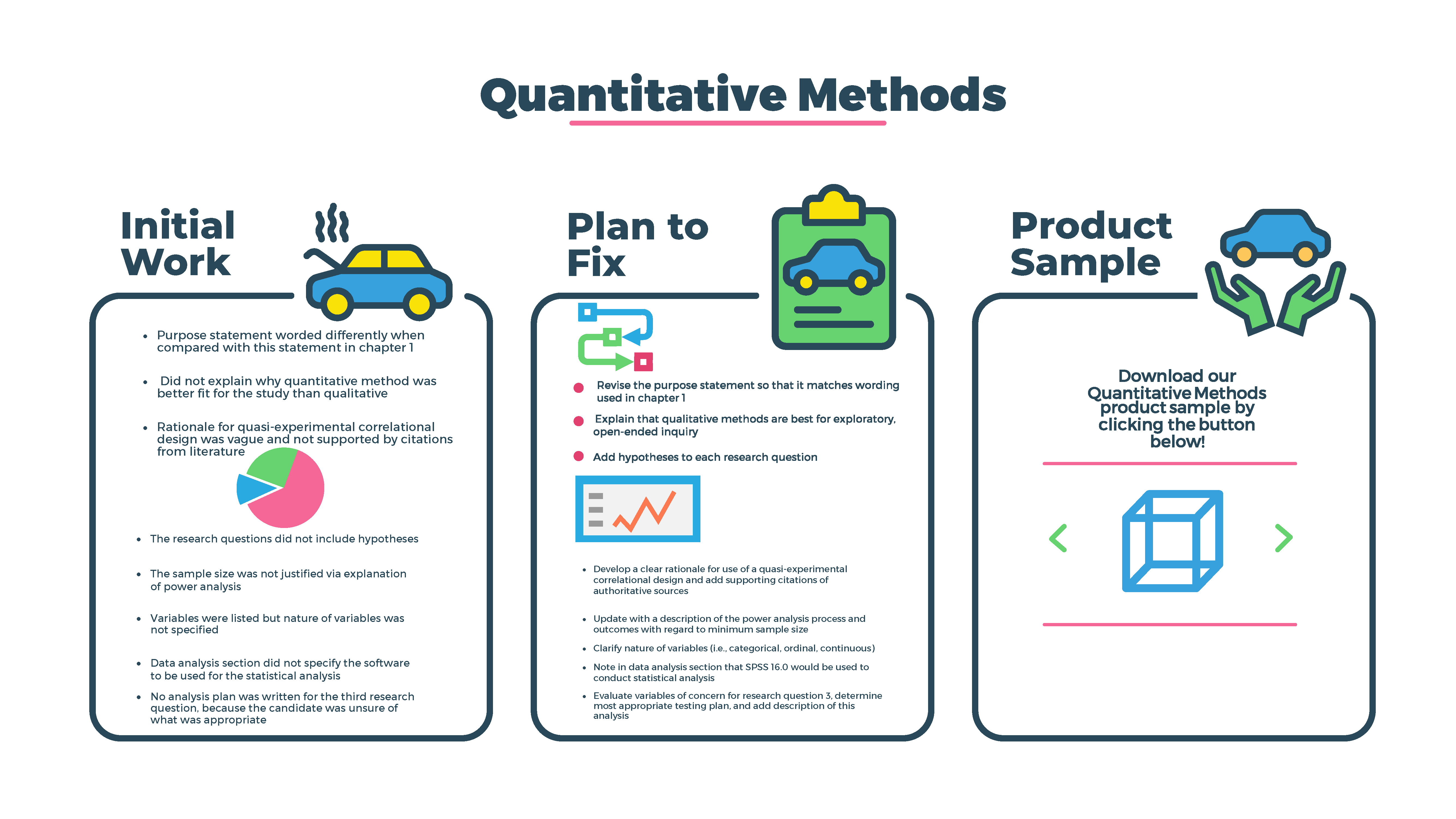


Yet this 'systematizing' approach is not intended to produce a consistent and systematic interpretation: "the constant comparative method is not designed (as methods of quantitative analysis are) to guarantee that two analysts working independently with the same data will achieve the same result" (Glaser 1965) Constant comparison encourages the researcher to stay deeply entwined with the data, and the words of the participants, without relying on their own remembered interpretations. For researchers that apply a very pure grounded theory approach, with no coding, no notes, sometimes not even transcripts, there is a distinct possibility that the hypotheses generated only connects with a very abstracted and un-evenly absorbed reading of the data. Now, while the terms 'systematizing', 'consistent' and even the suggestion of coding will be abhorrent to certain practitioners who find them too positivistic, for me the key phrase is the last one: 'close to the data'. Rather the constant comparative method is designed to aid analysts with these abilities in generating a theory which is integrated, consistent, plausible, close to the data" (Glaser 1965) "Systematizing the second approach by this method does not supplant the skills and sensitivities required in inspection. That way, theory is constantly being created, or at least refined, in a more systematic and thorough way.
Qualitative data analysis methods examples code#
They propose a hybrid model where the analyst should be essentially re-examining the code each time something is added to it, and seeing commonalities and differences. They suggest that going through and methodically creating codes for everything hinders the generation of new hypotheses, yet without coding the analyst "merely inspects his data for new properties of his theoretical categories and writes memos on these properties". It proposed a way to bridge the differences between a basic comprehensive thematic coding approach, and theory generation with analysis. But let's go back to the beginning and see how the terminology came about.Ĭonstant Comparative Method is actually a critical part of Glaser and Strauss' (1967) treatise on Grounded Theory, but actually predates it in an article attributed to Glaser alone (Glaser 1965). However, it's also used as a methodology: an approach to analysing data that benefits from on-going sampling and recruitment of new participants to provide points of comparison, and explore certain themes in greater depth. The goal is to discern conceptual similarities, to refine the discriminative power of categories, and to discover patterns." (Tesch 1990) The idea is that comparison can show differences (and similarities) through the data, and the comparisons help you understand the story of why these differences arise.įor Tesch (1990), comparison is the most significant way that researchers create and refine categories and analytic themes: "Comparing and contrasting is used for practically all intellectual tasks during analysis: forming categories, establishing the boundaries of the categories, assigning the segments to categories, summarizing the content of each category, finding negative evidence, etc.

It's essentially a common-sense approach for examining qualitative data - to understand your data or part of it, you need to compare with something else! This might be an interview with another participant (comparing between interviews), between groups of respondents, or even between parts of data assigned to codes or themes. It has roots in classical Grounded Theory, but the constant comparison method isn't restricted to Grounded Theory, and is a frequently applied approach to analysing and exploring qualitative data.


 0 kommentar(er)
0 kommentar(er)
